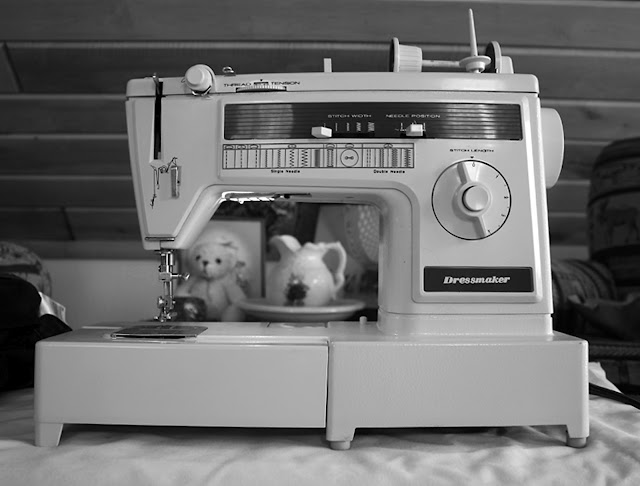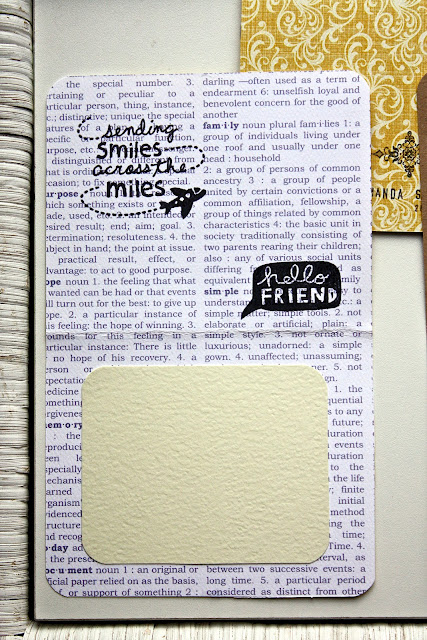In color we have:
RGB <Red, Green, Blue
CYMK <Cyan, Yellow, Magenta, Black
HUE <a degree value from within the color wheel
HSB <Hue, Saturation, Brightness aka HSV
HSL <Hue, Saturation, Lightness
HSI <Hue, Saturation, Intensity
SML <Small, Medium, Large wavelengths
PMS <Pantone Matching System
Hex # <Hex triplet numbers are used for web color *ColorHexa is a fun website that shows the conversions of hex to rgb and cymk
And many more that I did not get into. I mostly focused on RGB and HSB which are represented in my diagrams.
Second - most of you know what a color wheel is. It has the primary and secondary colors. Sometimes more, or even all. Those of you who have used adobe suites or other graphic software know how many colors you can choose from.
My interest in color theory was how do I make my own color wheel using my own colors? And how do I know what colors to choose when applying those colors to my designs?
In the process I discovered a lot about color. Knowing what your going to do with it {web or print} can make a difference on what color unit you want to use. If you produce or edit in RGB it may not have the same colors when it's printed in CYMK. Though many programs and printers automatically convert the numbers for you.
In the past, picking a color was very arbitrary and less formulated. Yes the primary and secondary colors have a number, but I normally wasn't looking for bright red and yellow. Now that I've played with it, choosing a hue and working from there by adding black, white, or gray is less arbitrary than just color picking a "redish" color in the color box. When choosing colors for color palettes or color schemes, this can be less arbitrary, meaning you don't need to just pick red if you want red. You can pick many hue's close to red. And using similar or contrasting hues and values can be a good start to picking colors for your color schemes.
All that may seem a little to color complicated but lets see if my diagrams make it a little easier to understand.
RGB {Red, Green, Blue} are the primary colors for light. When we add them together we get white. We typically use RGB for digital mediums that light goes through. Green is not a primary color, but in a RGB color wheel green is at a 120° axis. In a normal color wheel yellow is at the 120° axis <as shown above>.
When we print something we typically use CMYK {Cyan, Magenta, Yellow, Black}. When we add these together we get black. These are also the secondary colors to RGB. The color wheel above represents both RGB and CMYK colors but only denotes RGB and hue degrees.
I've also posted all of my color theory sheets on flickr if you would like to download them. Here are a list of my website links I used to gather my information:
Color Theory for Designer, Part I II & III
Basic Color Schemes - Introduction to Color Theory
Choosing a Monochromatic Color Palette in Photoshop
Color Tutorial
Color Theory, The Color Wheel & Color Schemes
Interactive Color Wheel







































